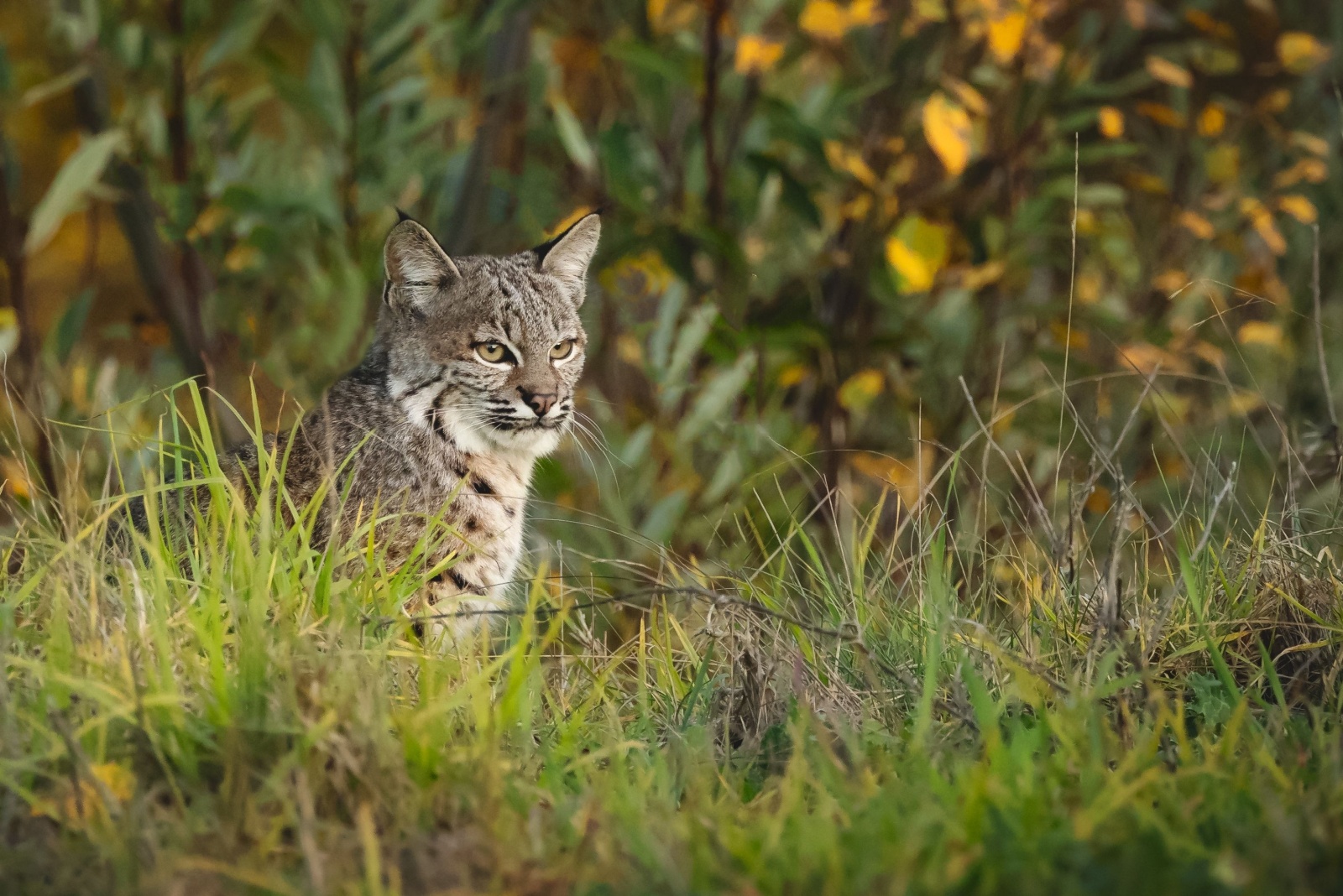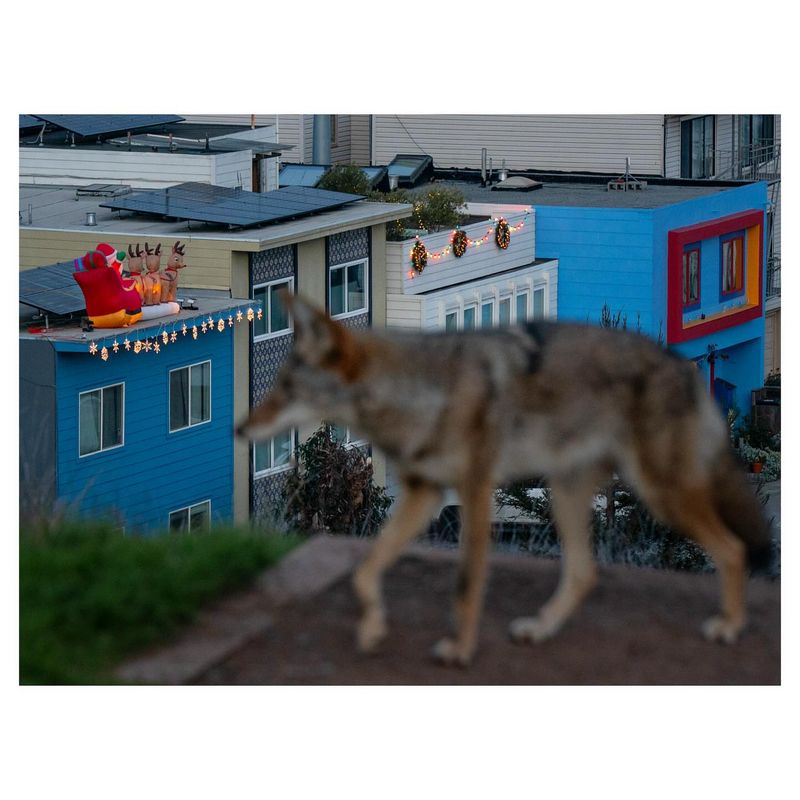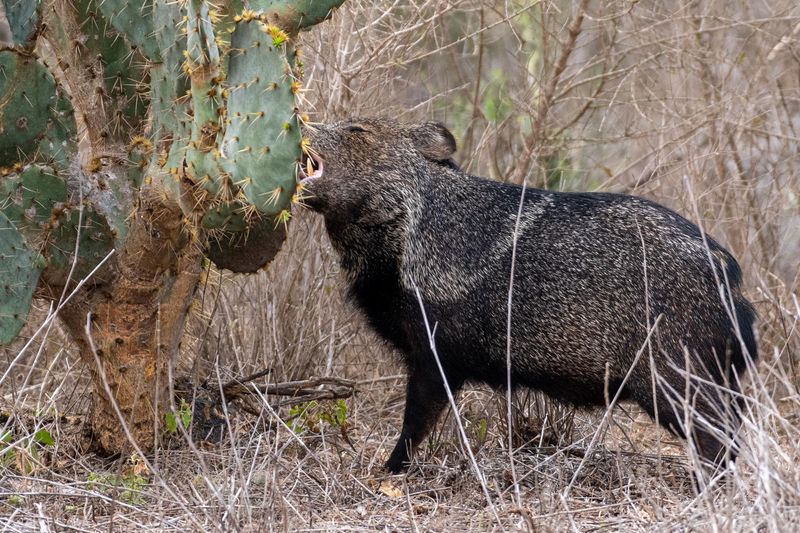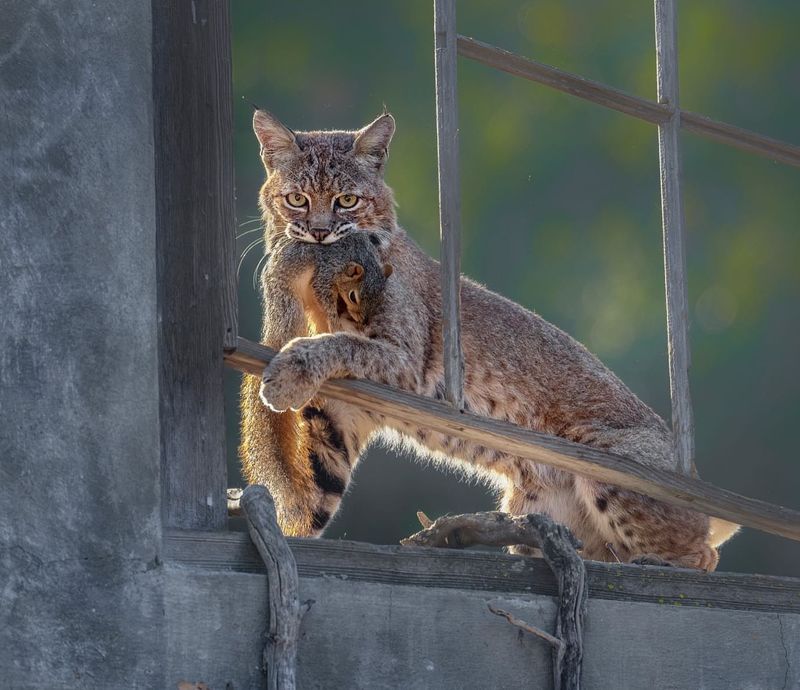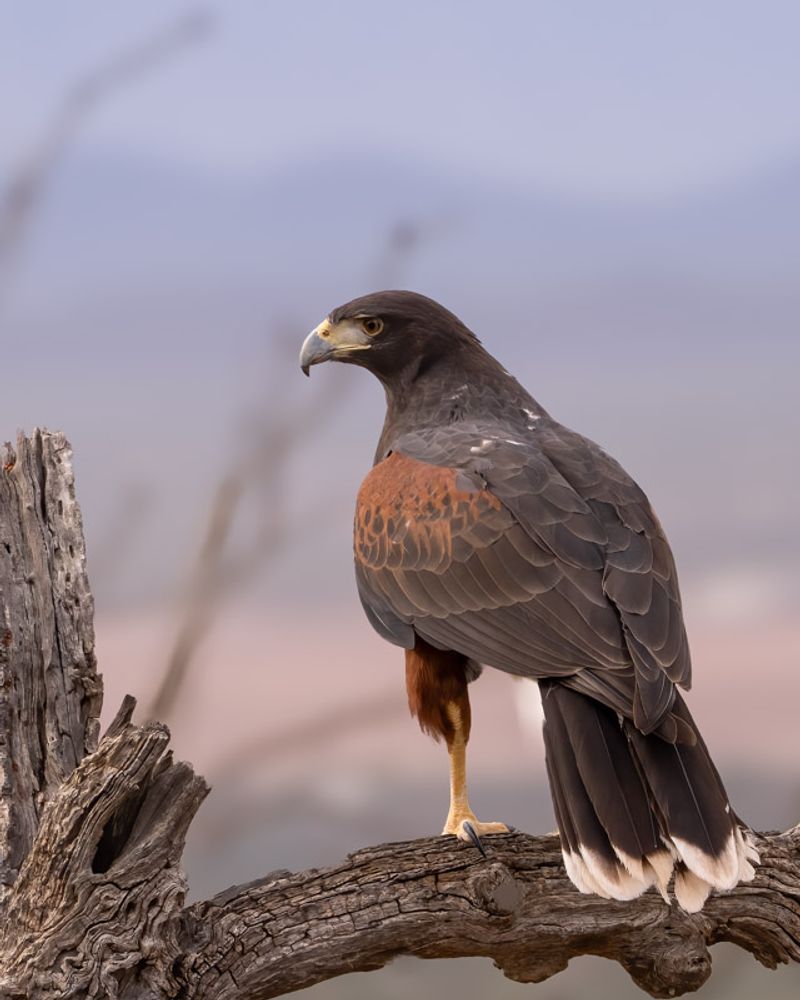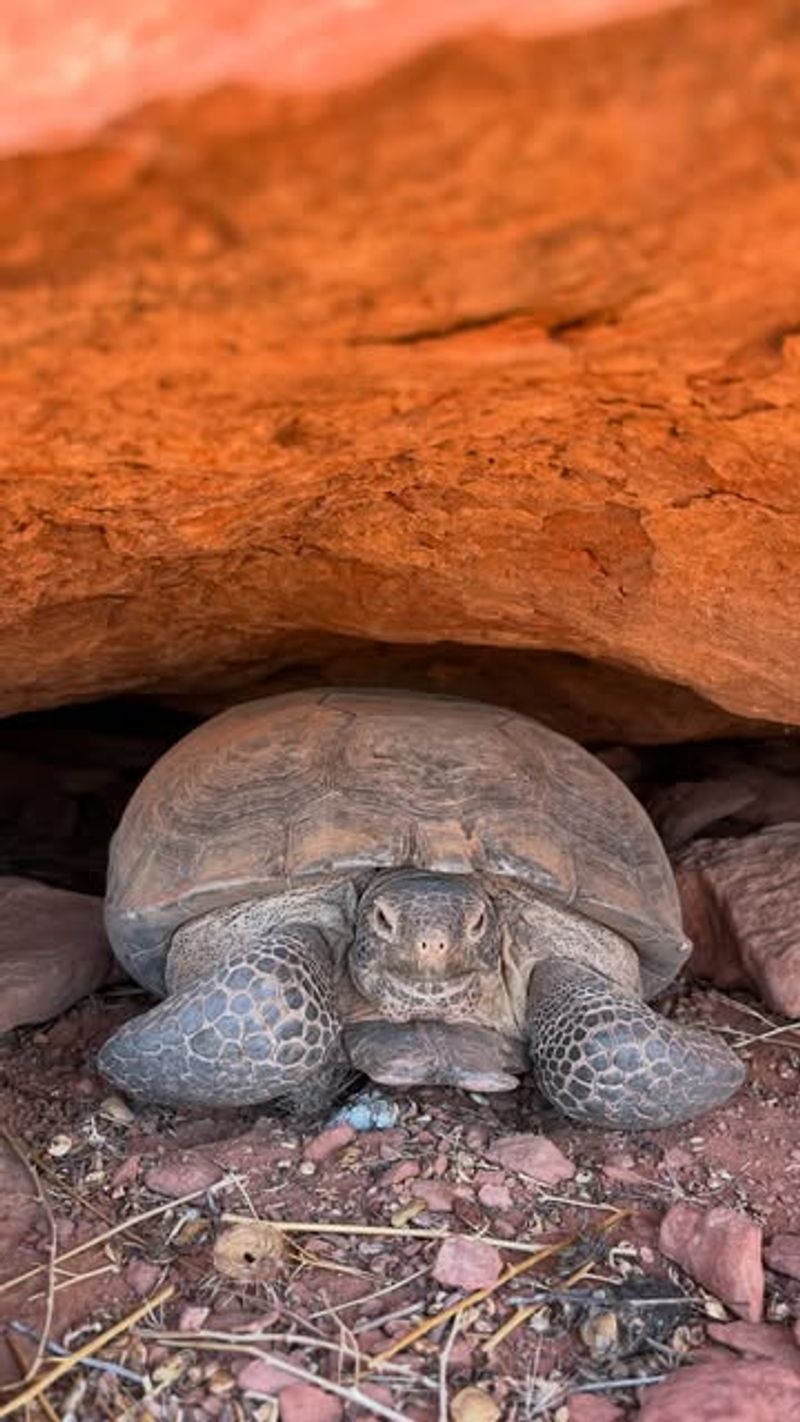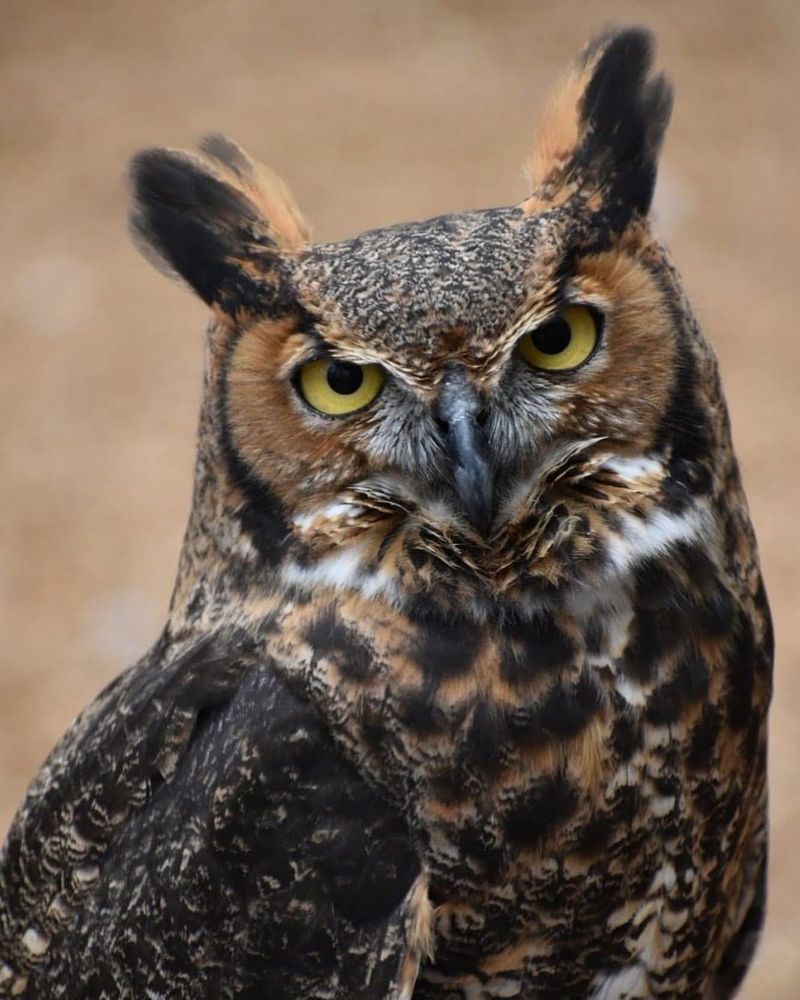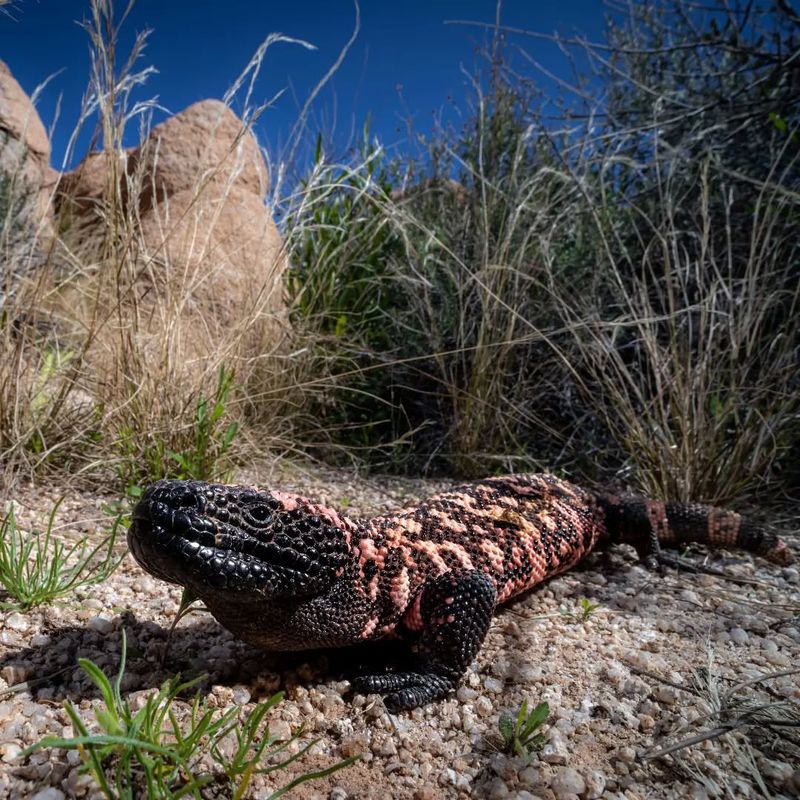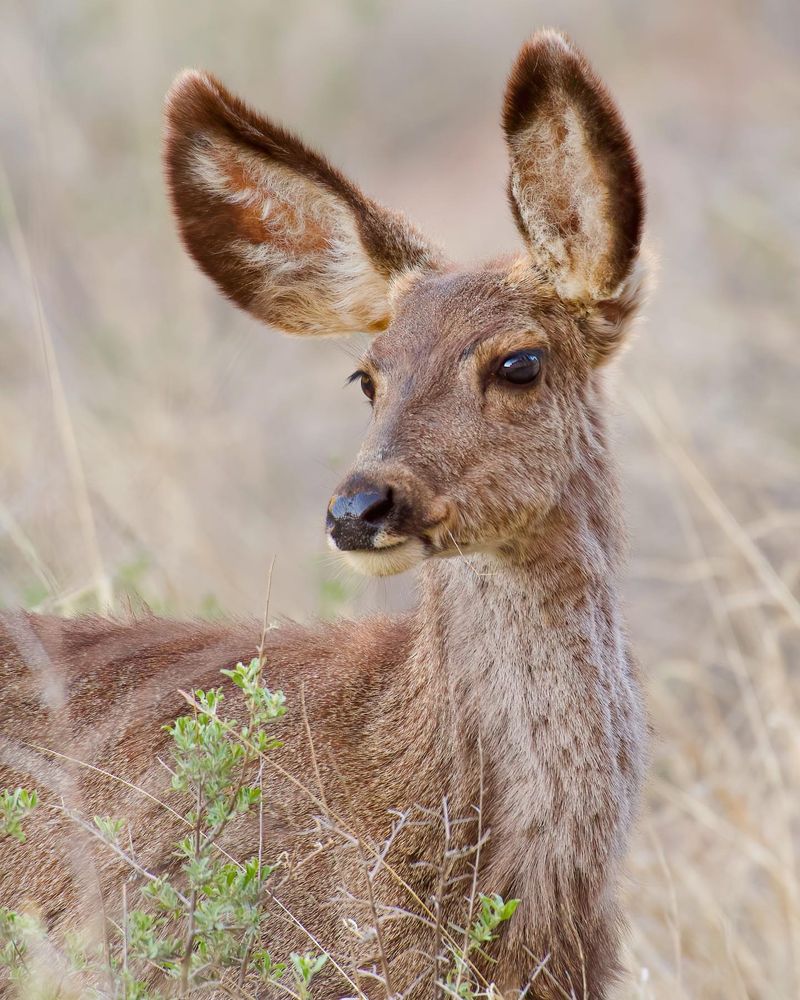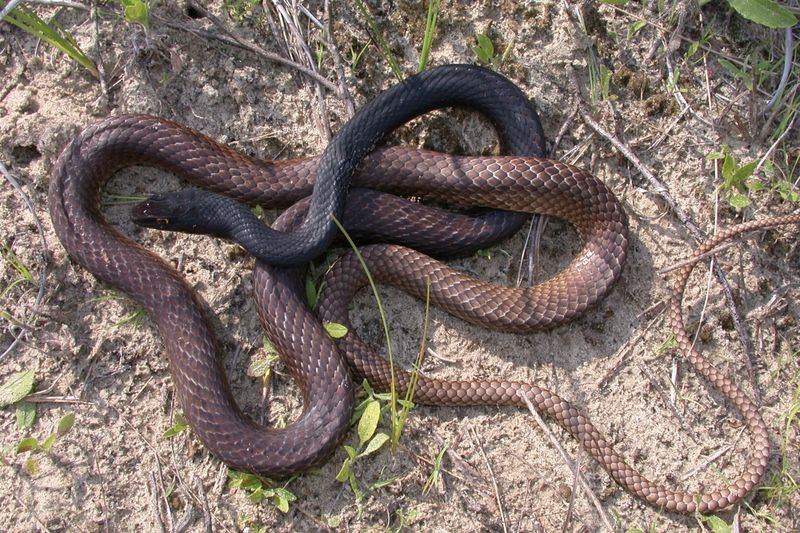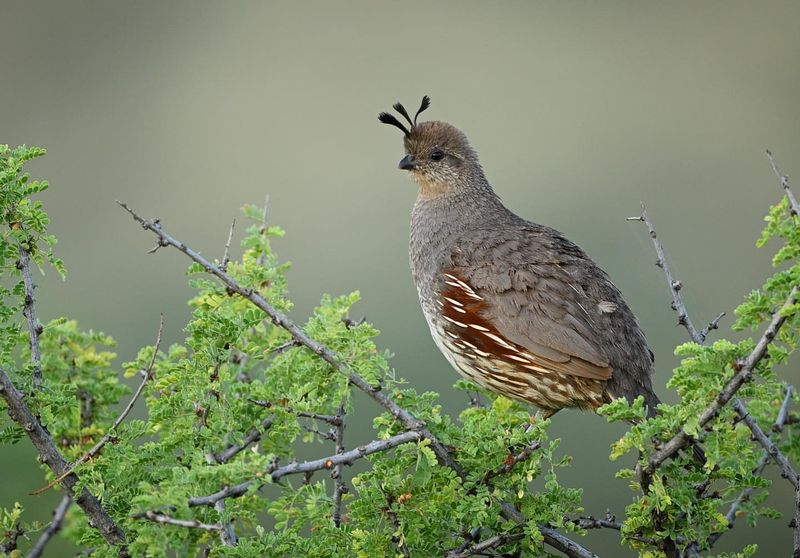Arizona’s unique blend of desert and urban landscapes creates perfect habitats for wildlife right in our neighborhoods. From mesquite-lined streets to canal systems cutting through Phoenix, wild animals have adapted remarkably well to city living.
Many residents are surprised to discover just how many fascinating creatures share their urban spaces, often visiting backyards after dark or during quiet mornings.
1. Coyotes: Desert Dogs Adapting To Urban Life
These clever canines have mastered city living throughout Arizona. Spotting them at dawn or dusk is common, especially near golf courses and washes where desert vegetation meets developed areas.
Coyotes primarily hunt rabbits and rodents, actually helping control pest populations in neighborhoods. If you maintain fruit trees, be sure to pick up fallen fruit regularly to avoid attracting them.
In my Tucson neighborhood, coyotes follow predictable routes between patches of desert scrub. Creating noise with wind chimes or motion-activated lights can discourage them from establishing regular paths through your property.
2. Javelinas: Prickly Pear Enthusiasts
Often mistaken for wild pigs, these native peccaries roam Scottsdale, Tucson, and other Arizona cities in small family groups. Their love for prickly pear cactus brings them into landscaped yards where ornamental cacti provide easy meals.
Homeowners with desert landscaping frequently encounter javelina damage overnight. Protecting valuable plants with chicken wire barriers helps prevent their determined snouts from accessing your prized specimens.
Last spring, a family of javelinas demolished my neighbor’s entire agave collection in one night! Keep pet food indoors and secure trash cans with bungee cords to make your property less inviting.
3. Bobcats: Elusive Urban Hunters
Suburban developments backing up to natural areas create perfect bobcat territory across Arizona. These adaptable felines hunt rabbits, ground squirrels, and occasionally small pets, moving silently through neighborhoods.
Motion-activated sprinklers offer a humane deterrent if bobcats show too much interest in your yard. Dense shrubs like oleander and Texas ranger provide hunting cover they find irresistible, so consider this when planning garden spaces.
During drought periods, bobcats venture closer to homes seeking water. A simple solution is placing water sources away from your house, creating distance between wildlife and living spaces while still supporting native animals.
4. Harris’s Hawks: Social Raptors Of The Southwest
Unlike most hawks, these stunning birds hunt cooperatively in family groups throughout Phoenix and Tucson neighborhoods. Their distinctive rust-colored shoulders and legs make them easy to spot perched on tall saguaros or utility poles.
Harris’s hawks have adapted brilliantly to urban environments by hunting pigeons, doves, and desert cottontails. Tall trees in your landscape provide essential perching spots for these beneficial predators that help control rodent populations naturally.
My desert garden attracts these hawks regularly because I’ve planted native mesquite and palo verde trees. Their hunting activity increases dramatically during early morning hours, making breakfast on the patio a prime wildlife viewing opportunity.
5. Desert Tortoises: Ancient Shelled Neighbors
Arizona’s state reptile quietly roams neighborhoods from Phoenix to Tucson, especially in older communities with established desert landscaping. These gentle creatures can live 50-80 years and develop surprisingly personalized routines in suburban environments.
Creating tortoise-friendly yards with low-growing native plants like globe mallow and desert marigold attracts these beneficial reptiles. They’ll happily munch on unwanted weeds while leaving prized garden plants alone.
During summer monsoons, tortoises become remarkably active. I’ve noticed they particularly enjoy digging beneath the dripline of my palo verde trees, creating shallow depressions where rainwater collects—their own natural watering holes!
6. Great Horned Owls: Nocturnal Masters Of Mesa Neighborhoods
Arizona’s suburban areas with mature trees harbor impressive numbers of these magnificent predators. Their distinctive hooting calls echo through neighborhoods from Flagstaff to Phoenix, especially during winter breeding season.
Palm trees with untrimmed frond skirts offer perfect nesting sites, explaining why these owls thrive in older Arizona neighborhoods. The relationship benefits homeowners too—a single owl family can consume thousands of rodents annually!
For several years, a pair nested in my neighbor’s pine tree. We noticed significantly fewer packrats damaging garden plants during that time. Leaving a section of your yard less manicured with natural brush piles creates hunting grounds that attract these beneficial birds.
7. Gila Monsters: Colorful Reptiles In Suburban Washes
Arizona’s most iconic lizard occasionally surprises homeowners near natural desert areas. Their distinctive orange-pink and black beaded skin makes them unmistakable as they slowly waddle through yards, especially after summer rains.
Creating rock piles with southern exposure provides habitat these beneficial reptiles use for hunting and shelter. They primarily eat quail eggs and baby rodents, making them valuable pest controllers in desert-adjacent properties.
During a particularly wet monsoon season, I spotted three different Gila monsters using the rock border around my barrel cactus garden. Natural stone landscaping elements not only look beautiful but support these increasingly rare native reptiles as development shrinks their habitat.
8. Mule Deer: Graceful Browsers Of Northern Arizona
Flagstaff, Prescott and higher-elevation communities regularly host these elegant creatures as they move through neighborhoods at dawn and dusk. Their oversized ears and distinctive bounding gait make them easy to identify even for novice wildlife watchers.
Gardens featuring native shrubs like cliff rose and Apache plume attract mule deer without encouraging over-browsing. Unlike their white-tailed cousins, these deer prefer woody browse to garden flowers, making coexistence easier for gardeners.
Fence design matters tremendously if you live in deer country. After replacing my solid fence with one having a 12-inch gap at the bottom, deer can now move through my property rather than jumping into it—resulting in far less damage to plants.
9. Coachwhip Snakes: Lightning-Fast Garden Allies
These impressive non-venomous snakes reach 8 feet long and race through Arizona yards at surprising speeds. Their slender bodies and whip-like tails make them distinctive visitors to gardens from Phoenix to Tucson, where they hunt rodents and lizards.
Rock borders and decorative stone features provide perfect hunting grounds for these beneficial predators. Many gardeners deliberately create snake-friendly habitat using loose rock piles near compost areas to encourage natural pest control.
When my community garden plot suffered a ground squirrel invasion, a resident coachwhip solved the problem within weeks. Avoiding chemical rodenticides preserves these natural controllers while protecting hawks, owls and other wildlife from secondary poisoning.
10. Gambel’s Quail: Charismatic Ground-Dwellers
Coveys of these charming birds with distinctive topknots scurry through neighborhoods across Arizona. Their musical “chi-ca-go-go” calls announce their presence as family groups dash between protective shrubs and water sources.
Low-growing plants like bursage and brittlebush create ideal cover for quail families navigating urban environments. Maintaining dense shrub borders along property lines creates wildlife corridors these ground-dwelling birds use to safely traverse neighborhoods.
My desert-themed front yard attracts three separate quail families each spring. Ground-level birdbaths placed near protective cover receive daily visits, creating wonderful opportunities to observe their social behaviors from my kitchen window.

